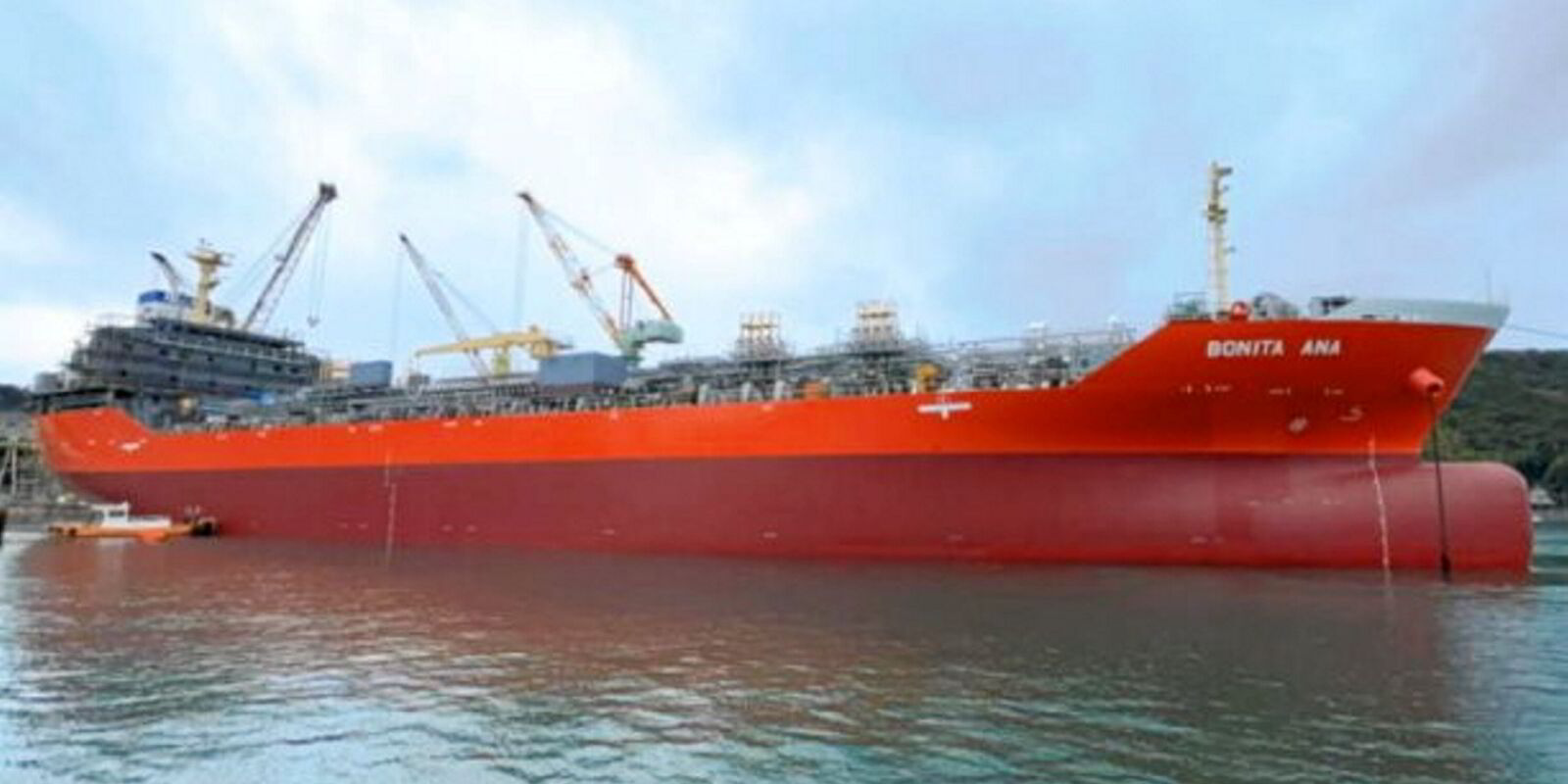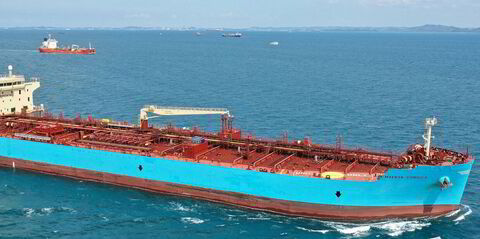Sales of smaller tankers continue to keep brokers in employment amid a dearth of deals for larger ships.
But prices appear to be falling fast, according to European brokers.
The latest sale reported in a quiet week is that of the 13,100-dwt product and chemical tanker G Star (built 2006), which has gone to an Indonesian buyer for $9.9m, with a dry-docking due.
VesselsValue assesses the ship as worth $11.5m.
GSM Co of South Korea offloaded the tanker to Pancaran Samudera Transport.
It is now called Pancaran Agility.
The ship was bought by GSM in 2022 for $7.1m, showing that sellers can still make money even against this tough background.
Greece’s Allied Shipbroking said: “On the tanker side, activity remains very thin, continuing the month-on-month declines in volume since July.
“What transactions do occur are focused on the MR and chemical sectors, with the number of sales in the latter category actually quite high.”

This week, TradeWinds reported three other sales of smaller vessels.
The 14,750-dwt Kiisla (built 2004) and Suula (built 2005) were reportedly sold by Finnish oil company Neste for a total of $12m in an en-bloc deal.
VesselsValue has these ships as worth a little above $11m each.
The 11,100-dwt chemical carrier JM Sutera 6 (built 2010) was also sold by Malaysian outfit Jesa Merin for $7m, which was described as a high price, given the need for a dry-docking and its lack of a ballast water treatment system.
Eva Tzima, head of research & valuation at Greece’s Seaborne Shipbrokers, said: “Moving to the second half of the final quarter, activity on the tanker sale-and-purchase front is mainly revolving around older chemical up to MR tankers.”
She noted signs of tanker rates bottoming out, even though they are below the expected level ahead of winter, but these expectations have been inflated by comparisons to the “running on steroids” markets in 2022 and 2023.
“Returns are still healthy, being somewhat downplayed by owners,” she added.
The researcher said shipping companies would probably be better off avoiding not only buying, due to a not particularly attractive price-to-earnings relationship, but “perhaps also selling”, through which they can put pressure on asset values.
This is especially true of ships older than 15 years, which make up most of the sales candidates at the moment.
By selling, companies could also miss out on winter rate spikes, Tzima explained.
“The fact that most older vessels typically have either very little or no financing at all renders them low-risk assets after all,” she said.





